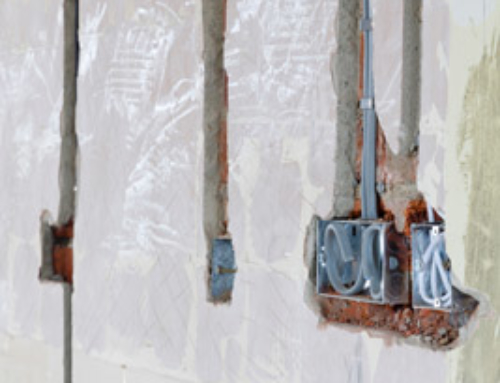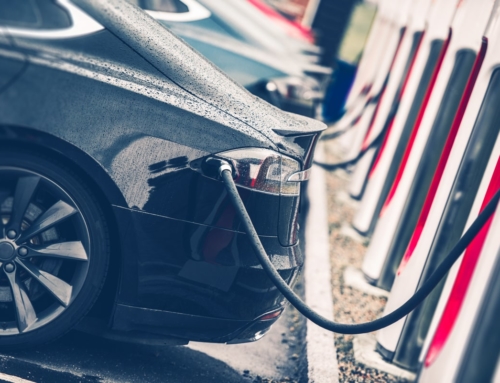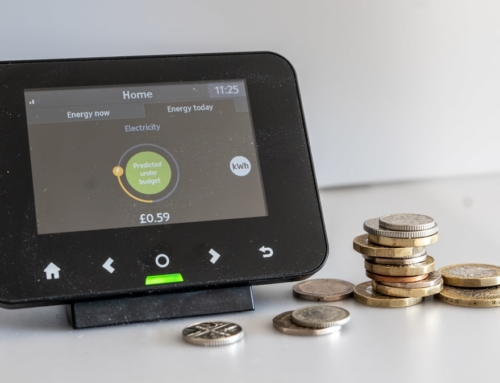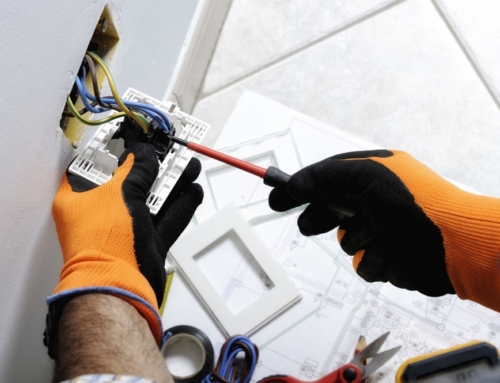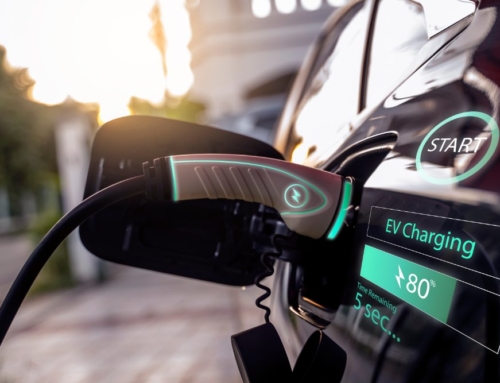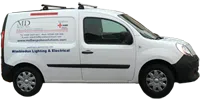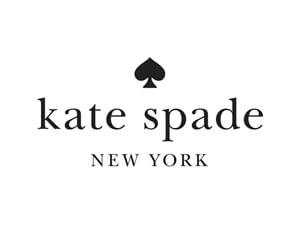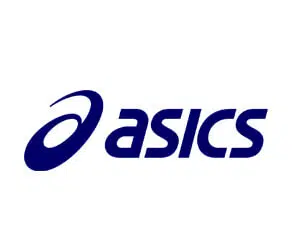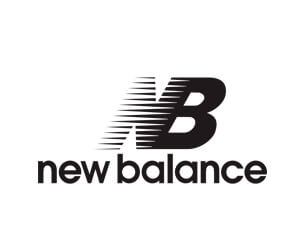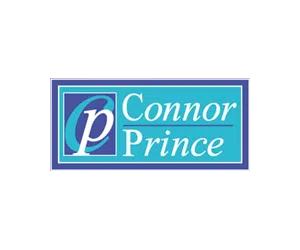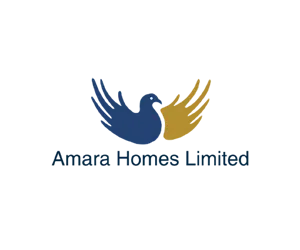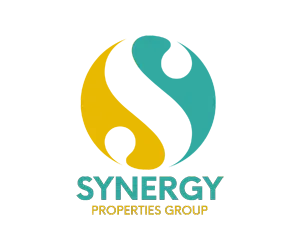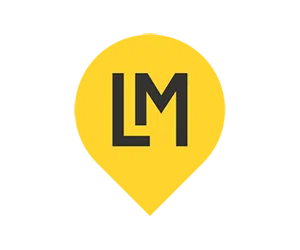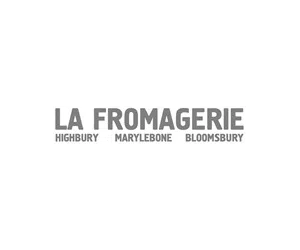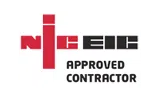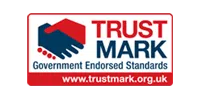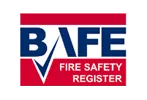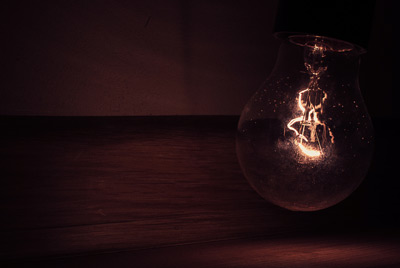
IP ratings on lighting explained
You might have seen different figures on the packages that your lights come in. All have a particular wattage, and are rated in lumens for brightness. On some lights, you may also have noticed an IP rating.
This article explains what IP ratings are, and how MD Bespoke chooses the correct IP rating for your lighting project.
What IP means on lights
The IP rating of a light is a measure of ingress protection. It tells you how water resistant a light is. The second half of the rating is a number made up of two digits, such as IP67.
The first digit in the rating tells you how resistant the fitting is to objects like fingers, tools, screws or even dust. The higher the number, the smaller the object would need to be to penetrate.
The second digit is a measure of water resistance. Again, a higher number means better protection. For domestic usage, a rating of 7 indicates that the light can be submerged up to one metre for 30 minutes.
In a domestic setting, you will only need to consider IP ratings on lights that are designed to be exposed to water. Generally speaking, that means lights that go outside your home, and lights that are used in a bathroom. The latter includes downlights, like directional spotlights, uplighters fixed to the centre of the ceiling, and lights around mirrors.
Choosing the right IP rating for a bathroom
The IP rating system is fairly complicated, as it applies different requirements to different parts of the room. Your bathroom will be broken up into zones, with each zone requiring a different light.
- Zone 0 applies to any area of the bathroom that is submerged (such as the bathtub). You can only use lights rated IP67 or above in these areas, to allow submersion up to 1 metre for 30minutes
- Zone 1 is the area immediately above water, so this would apply to the sides of the bath, areas around the shower tray. Zone 2 is the area within 0.6m of the bath and shower. You will need lights rated at IP44 or above in these areas (IP65 if you have water jets in a communal area). IP44 means the light is splash resistant
- In any other zone, there is no minimum IP rating for lights unless you have water jets for cleaning (if you do, you’ll need IP65, as above)
Choosing the right IP rating for an outside light
The rating system for outside lights is exactly the same as above.
If you need a light for a garage or shed, an IP44 light may be perfectly adequate. For a very exposed outdoor area, you will need an IP65 light to withstand solid dust (which accounts for the 6 in the rating), and liquid water jets (which determines the liquid rating of 5).
You must consider the ratings on all of your outside lights, including lights on your steps, in the grass, on your decking and over the door.
Safety first: ask the pros
If you put the wrong lighting in a bathroom, it can seriously endanger your family. Water and electricity are an absolutely lethal mix, and it only takes a drop of water to kill someone if the wrong type of light is used.
MD Bespoke’s experienced contractors deal with IP-rated lights every day. To ensure your family is safe at home, don’t hesitate to consult us for advice.

